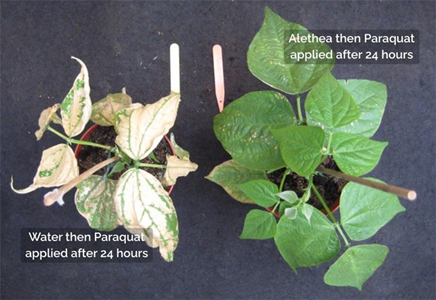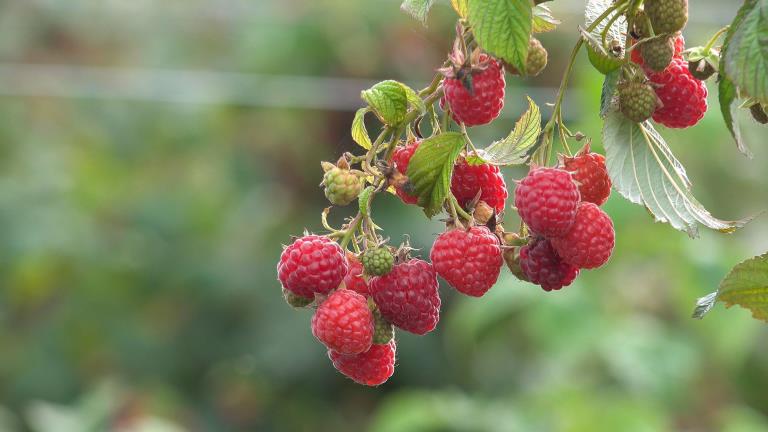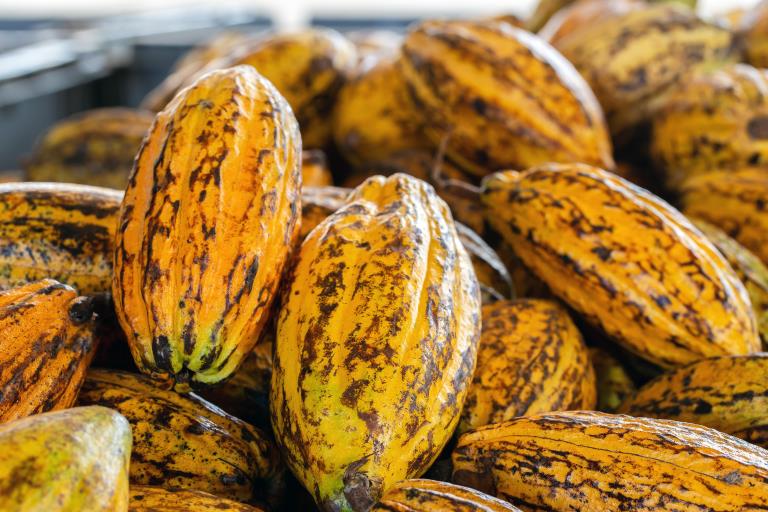
Abiotic stress resistance technology
Key benefits of Alethea
- Increases antioxidant production in crops
- Improves resilience against abiotic stress
- Improves crop quality and yield
- Compatible with other agrochemical foliar sprays
Environmental stress in plants
Environmental stress in plants refers to adverse conditions in their surroundings that can negatively impact their growth, development, or productivity. These stress factors can include extreme temperature, drought, salinity, and pollution. When exposed to environmental stress(es), plants often experience physiological and/or biochemical changes that can lead to reduced yield and overall crop quality. Helping plants manage these stresses is important to maintain healthy plant growth and ensure reliable agricultural output.
Why is control of abiotic stress in plants important?
Under normal, stress-free conditions, plants contain low levels of reactive oxygen species (ROS) such as superoxides (O2-) and hydrogen peroxides (H2O2), which are controlled by the plant's own antioxidants. However, abiotic stresses often create more ROS than the plant can cope with. These ROS can cause cell damage to the plant, compromising crop yield and quality.
How does Alethea work?
Alethea contains a novel combination of plant signalling analogues that can cause plants to increase their antioxidant production. This helps them deal with elevated ROS levels and therefore mitigate the effects of abiotic stress. The enhanced antioxidant content also contributes to better overall plant growth and health.
Alethea mode of action
Watch this animation to learn more
Alethea experimental data
We collaborated with Lancaster University while developing Alethea technology. As part of this research programme, we sprayed Alethea on dwarf bean plants before applying the active ingredient of paraquat, a well-known herbicide. Paraquat application causes plants to produce large amounts of ROS, resulting in severe cell damage. It therefore provides a very useful model of stress to enable demonstration of the stress mitigation effects of Alethea.
Both plants in this photograph were treated equally with paraquat. The plant on the right had been pre-treated 24 hours earlier with Alethea and demonstrates much less cell damage than the plant on the left with no Alethea treatment.

Alethea mode of action

Products that contain Alethea technology
2 items available

